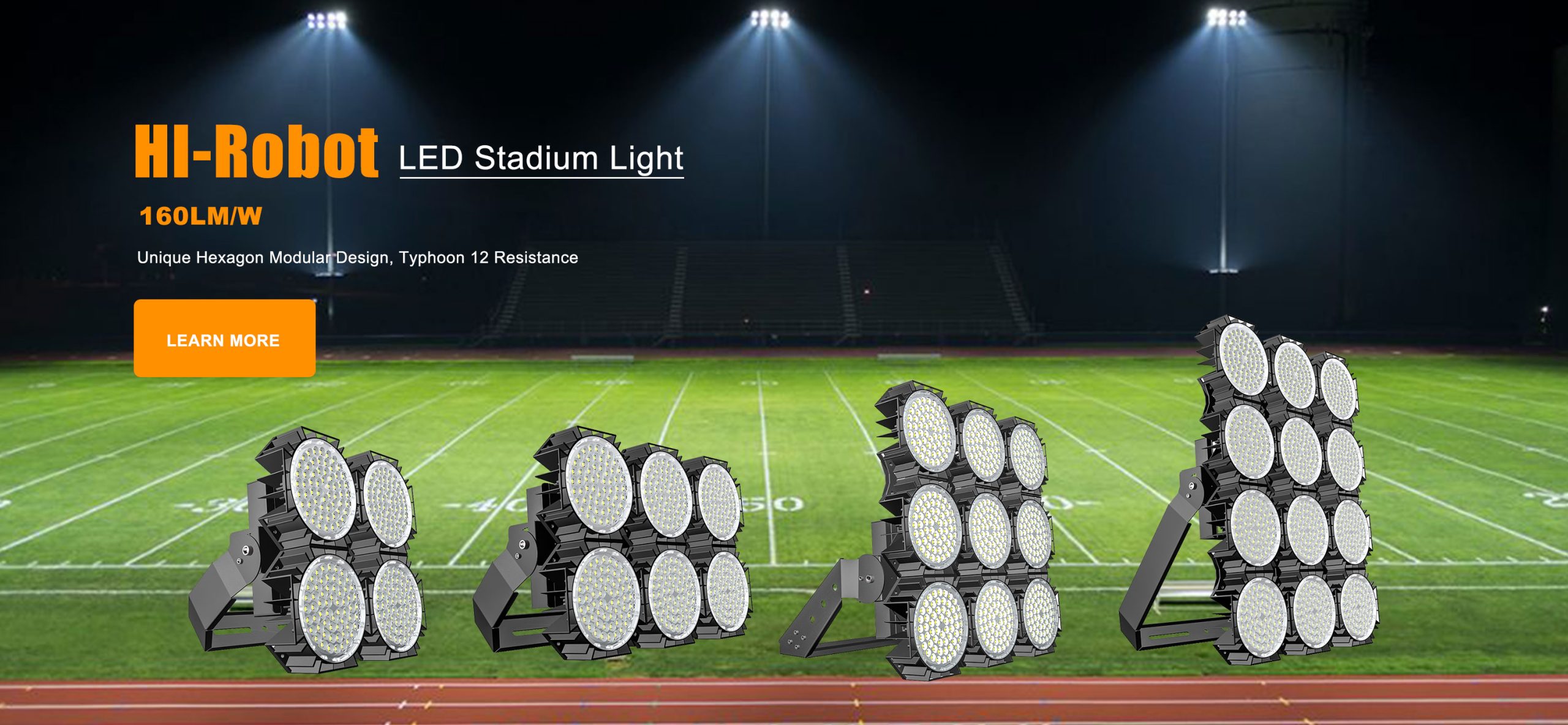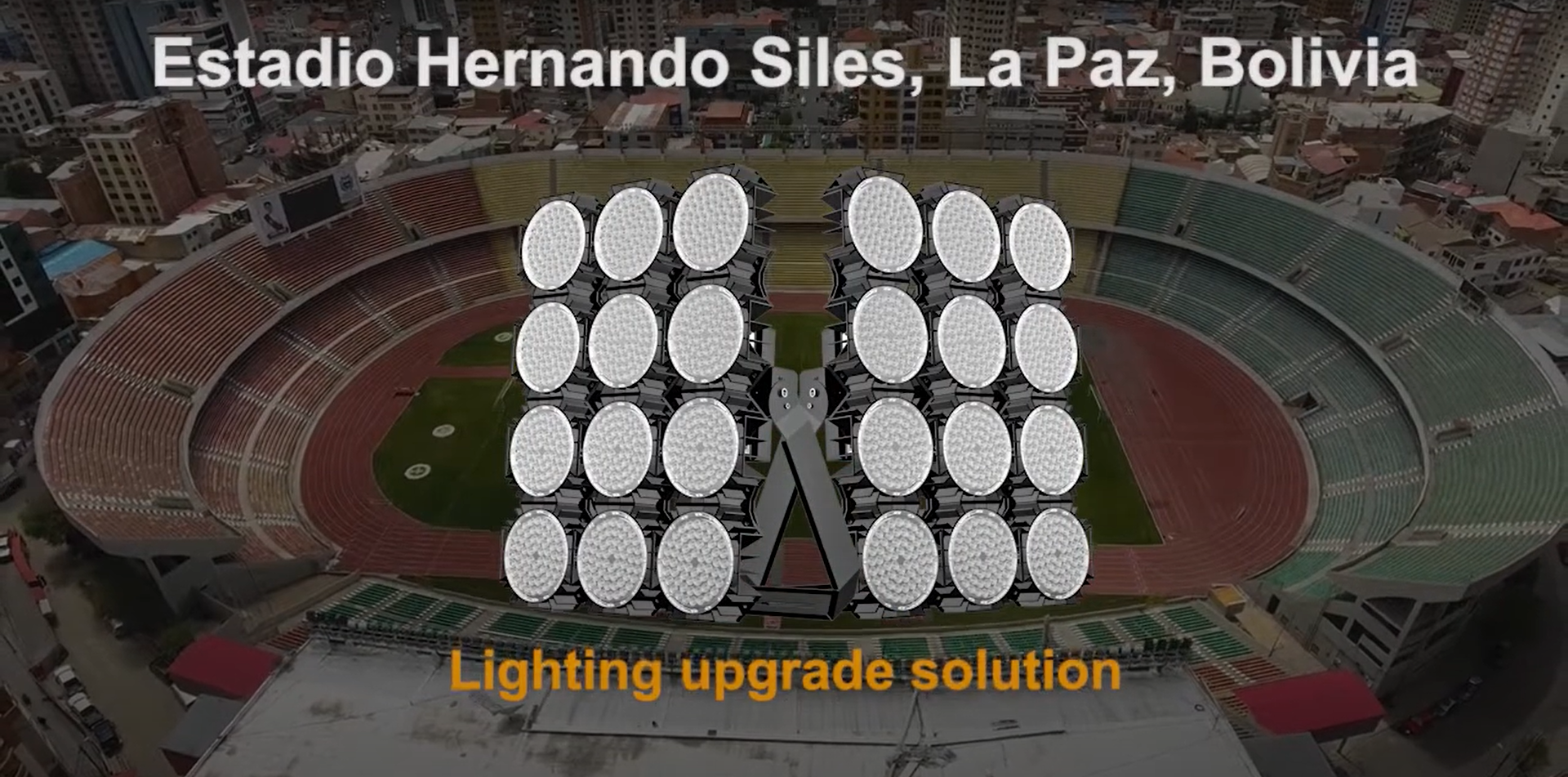Designing Sports Stadium Lights

Sports stadiums require intense lighting that is designed to illuminate the playing surface for players and support staff as well as provide high-quality viewing for the audience. Lighting design in sports stadiums is an essential part of creating a safe and comfortable spectator experience. The design of sports stadium lighting involves a careful balance between delivering optimal lighting solution and minimizing light pollution and safety hazards caused by exposure to strong artificial light.
The primary objective of sports stadium lighting is to ensure good visibility of the playing surface in all areas of the stadium. Designers must consider various factors including the glare level, color rendering, light levels, and uniformity of lighting to accomplish this purpose. The following are the key considerations involved in designing sports stadium lighting:

1. Light Fixture Location
The lighting fixtures in a sports stadium should be well-positioned to provide optimal illumination of the playing surface. The height and angle of the fixtures must be carefully considered to avoid shadows, glare and ensure uniform illumination of the surface. The distance between the light fixtures and the playing surface is also critical; fixtures that are too far away from the surface result in too much fall-off light and uneven illumination, while those too close to the surface can result in glare.
2. Lighting Intensity
The lighting intensity in sports stadiums is typically measured in lux, a unit of measurement for illumination. The recommended lux levels for various sports depend on the ball size, speed of the game, and other factors. With the development of LED technology and light-emitting diodes, the lighting intensity can be adjusted in real-time using advanced control systems.
3. Distribution of Light
Uniform distribution of light is essential to ensure consistent visibility of the playing surface for both the players and the spectators. Achieving this uniformity is typically done by carefully selecting the optics and distribution of the fixtures.
4. Color Temperature
Color temperature is a measurement of the color of the light emitted by a fixture. The right color temperature of the light is essential for high-quality reproduction of televised games. The preferred color temperature in sports lighting is between 5000 and 6500 Kelvin to achieve the right balance of color rendering and eye comfort.
5. Maintenance and Safety
Sports stadium lighting fixtures must be designed with both maintenance and safety in mind. Fixtures should be designed to be accessible and easy to service without interfering with the spectator experience. Also, it should be safe for spectators who view light fixtures from close ranges.
6. Light Pollution Control
Sports stadium lighting can cause light pollution and negatively impact the surrounding environment. The fixtures should be designed with shielding to minimize the light spill to neighboring communities. The most effective approach is to use fixtures with precision optics that control light distribution.
In conclusion, the design of sports stadium lighting is a complex process that requires a careful balance of several factors. To provide an excellent viewing experience for the audience and enhance safety of the spectators, designers must consider lighting intensity, fixture location, light distribution, color temperature, maintenance and safety and light pollution control. With advances in lighting technology and control systems, modern sports stadium lighting solutions can offer improved functionality, comfortable viewing, and energy efficiency while reducing negative impacts on the surrounding environment.
